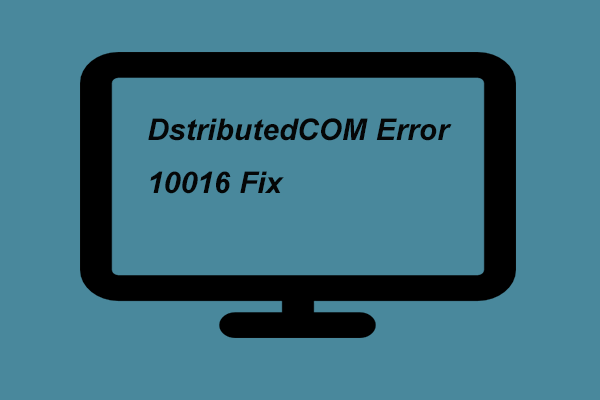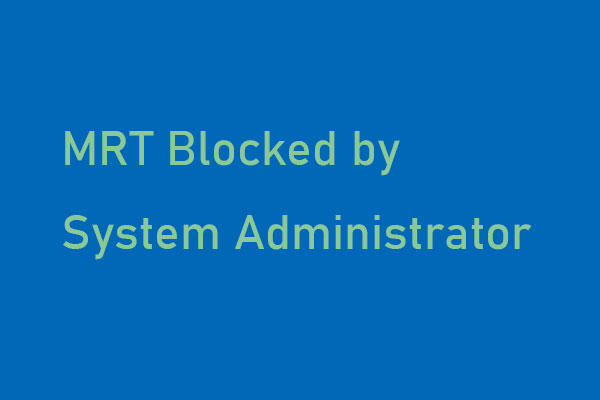This knowledge base drafted by MiniTool introduces a kind of system software called distributed operating system. It covers its definition, functions, as well as examples. Read the below content to learn more.
What Is Distributed Operating System?
A distributed operating system (OS) is a system software over a collection of independent but communicating, physically separated but networked computational nodes. They process tasks that are services by multiple CPUs.
Each individual node holds a specific software subset of the global aggregate system. Each subset is a composite of 2 distinct service provisioners. The first is a ubiquitous minimal kernel or microkernel, which directly controls that node’s hardware. The second is a higher-level collection of system management components that coordinate the node’s individual and collaborative activities. Those components abstract microkernel functions and support user apps.
The management components collection and the microkernel cooperate with each other to support the system’s goal of integrating multiple resources and processing functionality into an efficient and stable system. That seamless integration of individual nodes into a global system is regarded as transparency, or a single system image; describing the illusion provided to users of the global system’s appearance as a single computational entity.
What Does Distributed Operating System Do?
The distributed OS offers the essential services and functionality needed for a system. It also adds attributes and particular configurations to enable the system to support additional requirements like increased scale and availability.
For users, a distributed operating system works in a manner like a single-node, monolithic OS. That is to say, although it consists of multiple nodes, it appears to users and apps as a single node.
Separating minimal system-level functionality from additional user-level modular services provides a separation of mechanism and policy. Mechanism and policy can be simply interpreted as “what something is done” vs. “how something is done” respectively. That separation increases flexibility and scalability.
Distributed Operating System Examples
The following shows two examples of the distributed system.
#1 The DYSEAC
DYSEAC is a general-purpose synchronous computer that runs the first distributed OS. It can be used to coordinate the diverse activities of all the external devices into an effective ensemble operation. The Dept. of the Army reports certified it reliable and that it passed all acceptance tests in April 1954.
DYSEAC was completed and delivered on time in May 1954. It was a portable computer housed in a tractor-trailer with two attendant vehicles and six tons of refrigeration capacity.
#2 Lincoln TX-2
The Lincoln TX-2 emphasized flexible, simultaneously operational input-output devices such as multiprogramming. It is described as an experimental input-output system. the design of the TX-2 was modular, supporting a high degree of modification and expansion.
Also read: A Full Introduction to DFS (Distributed File System)

